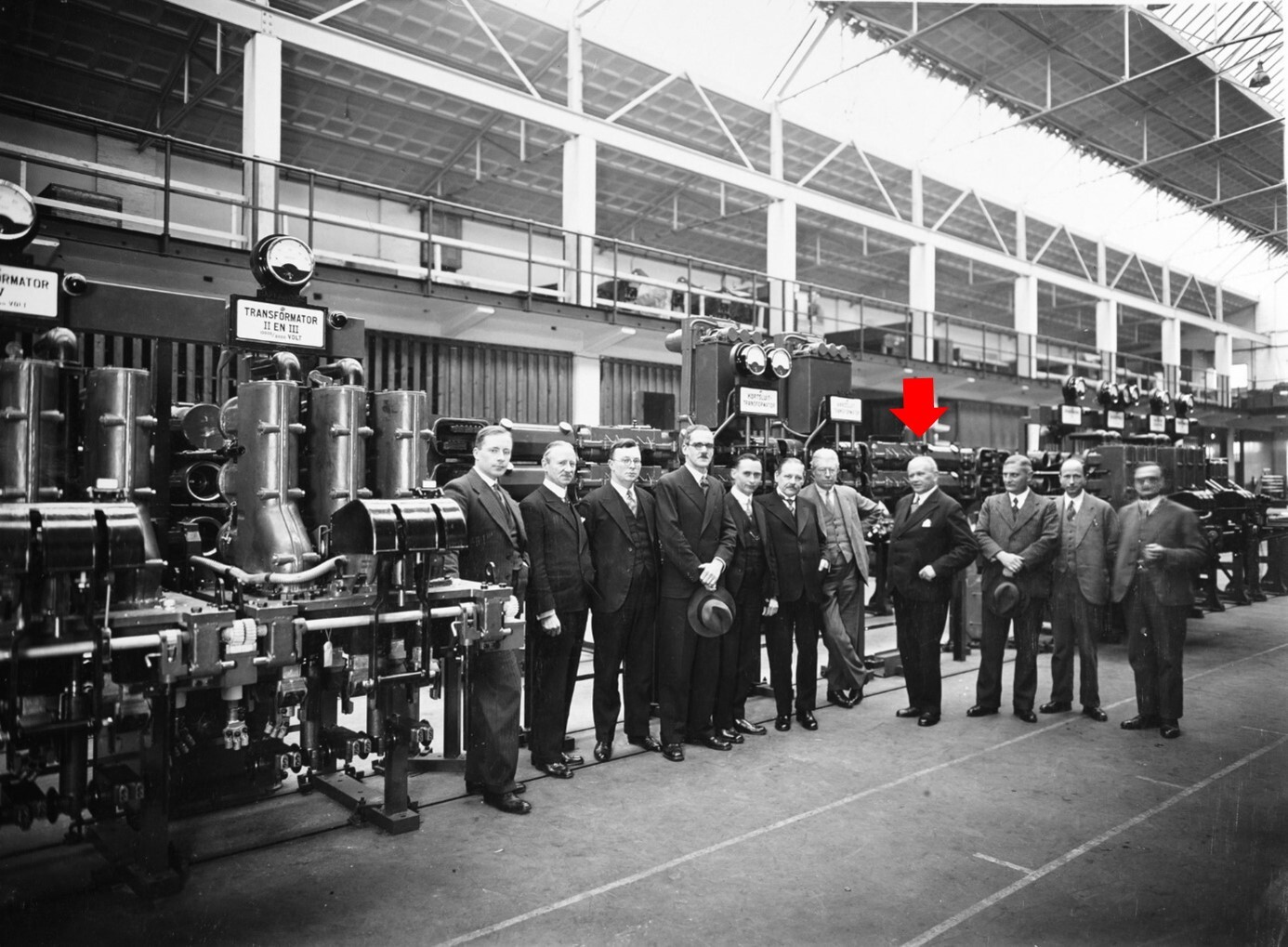Icons of EE: From Protected High-voltage Switchgear to Automatic Guidance Systems
This edition of Icons of EE turns everything upside down. Unlike any other important electrical engineers featured by ‘de Vonk’ until now, the person is not named until the very end of the article. You might recognize them by their accomplishments and find out at the very end on what humble beginnings these great achievements are based. The story starts at an unavoidably big hirer of Electrical Engineering Alumni from the University of Twente: Thales.
Thales Nederland
Thales group’s department in the Netherlands is the largest defence contractor in the country. It helped building the OV-chipkaart reader (the public transport cards we use on the daily), various radar-systems for aerospace control and automatic guidance systems for defensive purposes. Currently, around 2,250 employees work for Thales as of 2022, making it one of the biggest employer of high-tech products in the region. In 1990, French electronics and defence contractor Thomson-CSF acquired Signaal from Phillips, its former owner. The Thomson-CSF group would be renamed into Thales in 2000, and Thomson-CSF Signaal was renamed ‘Thales Nederland’.
Hollandse Signaalapparaten B.V.
Signaal, or Hollandse Signaalapparaten B.V. in its entirety, was founded in 1922, when a year before the artillery committee of the Dutch Royal Navy concluded that the fire control mechanisms needed an update. The crew was small (70 workers) and were mostly German, as most of the technical knowledge came from Germany. The peace treaty of Versailles, which marked the end of World War 1, restricted the German military from developing new technologies, where Hengelo made for a strategically interesting location to continue their research. Not only did Signaal produce military devices for the Dutch Navy, it also supplied to various countries in Europe, including indirectly to Germany. Throughout the 30s, German influence increased ever more through buying shares and dependencies on German components.
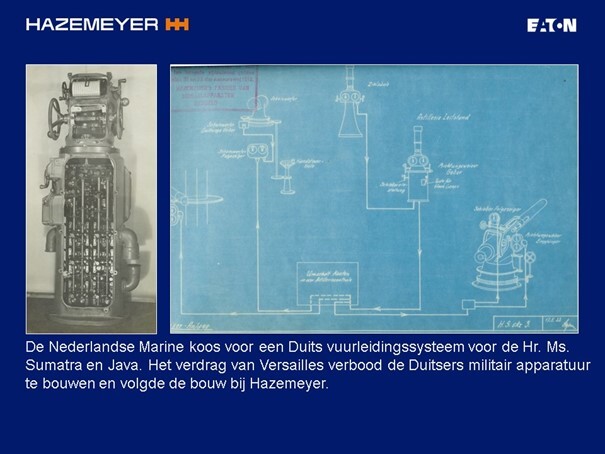
In 1936, Signaal contributed to the construction of a new Dutch cruiser, the Hr. Ms. De Ruyter, which had optics and radiographical distance sensors for their air defence battery, which were very advanced for the time. Following this success, this mechanism was also implemented by the Dutch Army and Royal Dutch Indonesian Army.
Hengelo was taken on the first day of the German invasion, on the 10th of May 1940. Therefore, a lot of the knowledge was persevered and used by the Germans Air Force. A number of Dutch employees managed to flee with valuable documents to England, where modern Hazemeyer Signaal fire control systems were reproduced by English and Americans on a large scale, throughout the war.
NV Hazemeyer
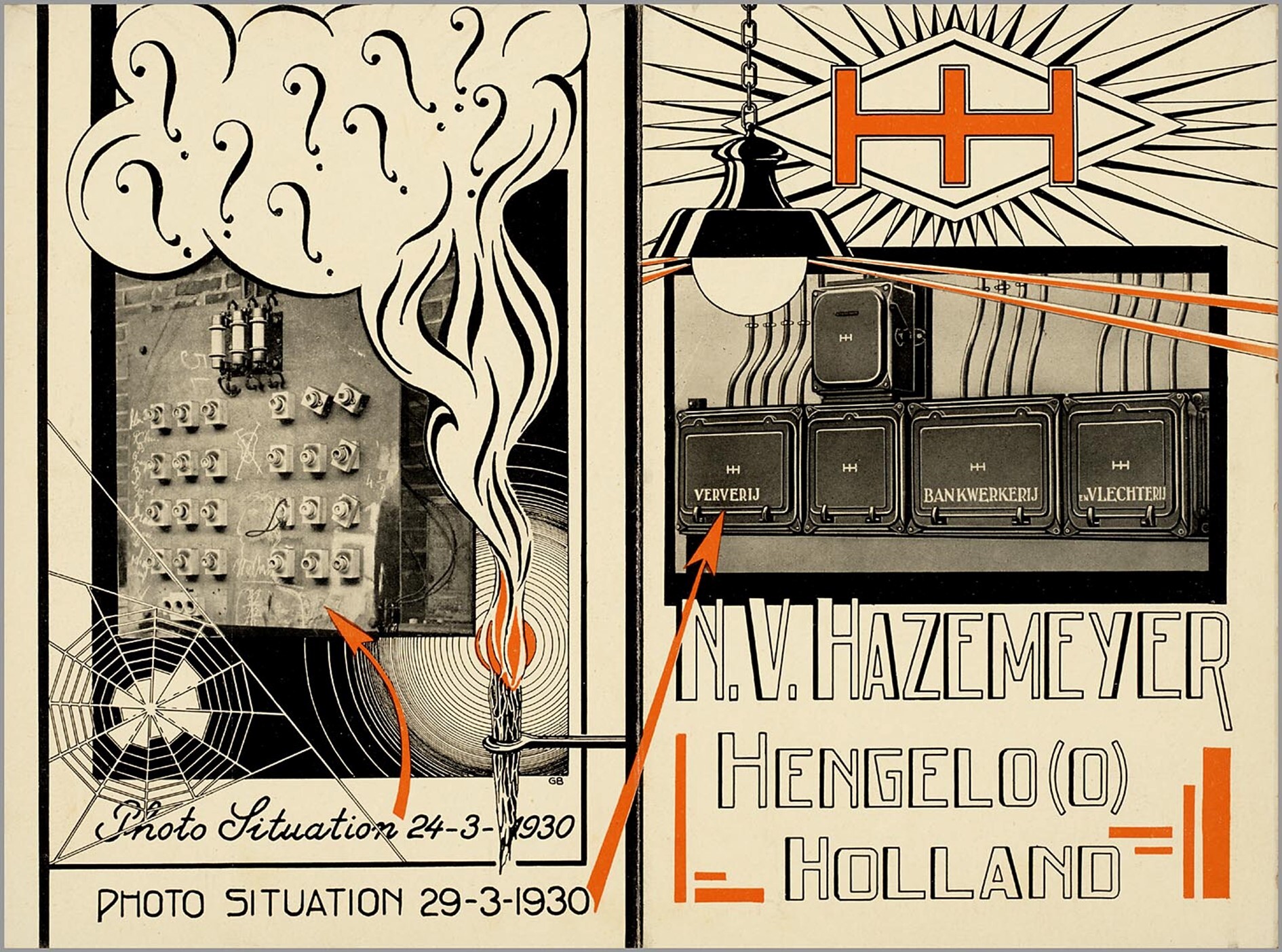
Hollandse Signaalapparaten B.V. was a cooperation between three companies from different disciplines. Berlin-based Siemens & Halke, electrical engineering company that specialised in electrical telegraphs at the time (eventually grew into international corporation Siemens AG.). Secondly, an international trader of patents “IPATH”, based in The Hague and lastly: NV Hazemeyer, Hengelo based electronics producer in a factory with about 300 employees. In 1907, a small enterprise is started in an old textile factory in Hengelo. The goal of NV Hazemeyer was to produce switchgear for low-voltage applications. The chief of NV Hazemeyer foresaw the potential in protected switchgear (for high voltage applications). This insight allowed the company to expand their company buildings to the Tuindorpstraat, which is very visible if you leave by train from Hengelo station in the direction of Utrecht.
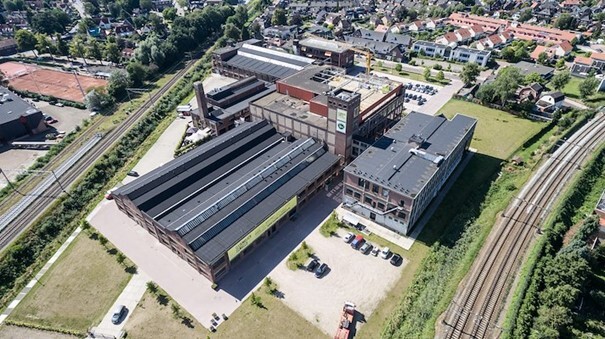
Currently, the old Hazemeyer factory holds the Oyfo Techniekmuseum which is a great recommendation, spending a rainy Sunday in the old Hazemeyer factory. There, complex switchboards for middle- to high voltage applications, for example for theaters or cinemas, were produced on a large scale.
On the 18th of March, 1944, there was a targeted bombardment by the allied forces, which meant that production was no longer possible until the end of the war. The Signaalhal, which you can visit in the abovementioned museum, was completely in shreds. Fortunately, the company managed to rebuild and resume production after the war.
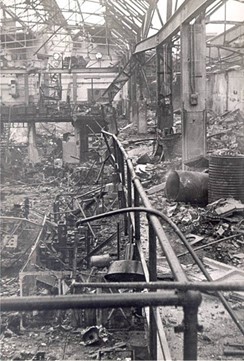
As the demand was significantly lower than before the war, NV Hazemeyer was forced to merge with Heemaf and Slikkerveer into Holec NV. Around this time, the relaxing and beautiful company movie was made that inspired this article.
Floris Hazemeyer
The entrepreneur that started it all was Floris Hazemeyer, born in Rotterdam on the 24th of April in the year of 1872. He starts studying as a technician in Rotterdam and finishes his education at De Kothinsky, a Russian Navy officer turned inventor. He is hired into Hofstede Crull & Willinks Electrical Engineering bureau. He marries the daughter of a Hengeloic Merchant, who appeared to have pushed Floris to continue his own company, as he’d rather have an entrepreneur than an employee as son-in-law. In 1907, he starts Hazemeyer NV, and the rest is history mentioned above.
His company grew large because of a large demand and very good working conditions. Already in 1919, sick leave was provided for Hazemeyers employees, and in 1928 a retirement system was set up. It lead to loyal employees and a growing atmosphere.
Floris Hazemeyer died on the 22nd of August, 1939. He left the company to his son, and the F. Hazemeyerstraat on the former factory-area was named after this Icon of EE.
